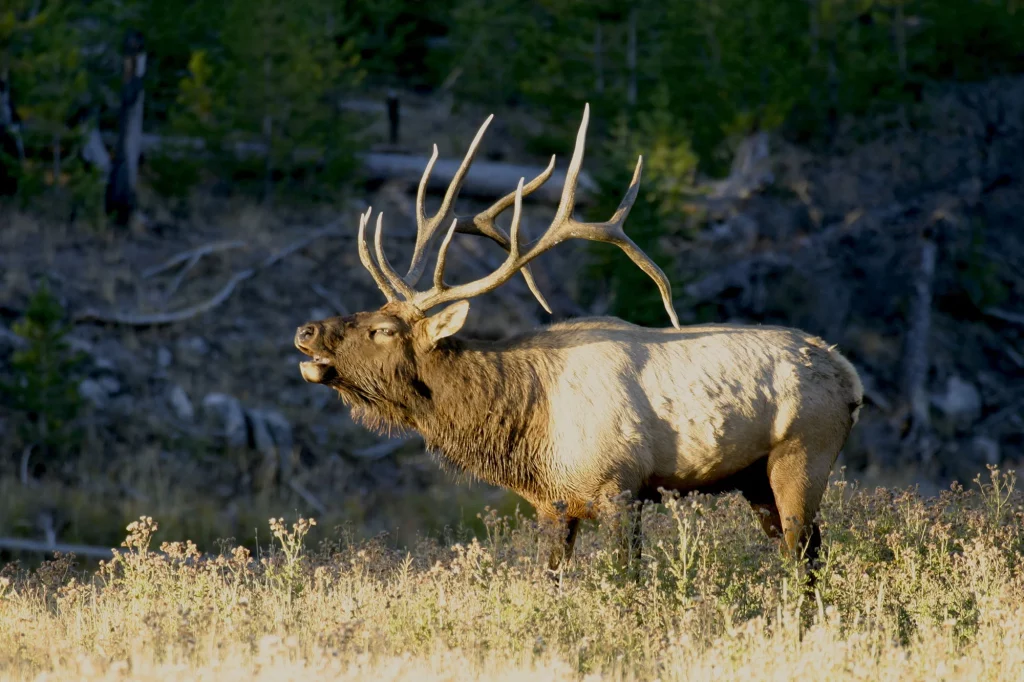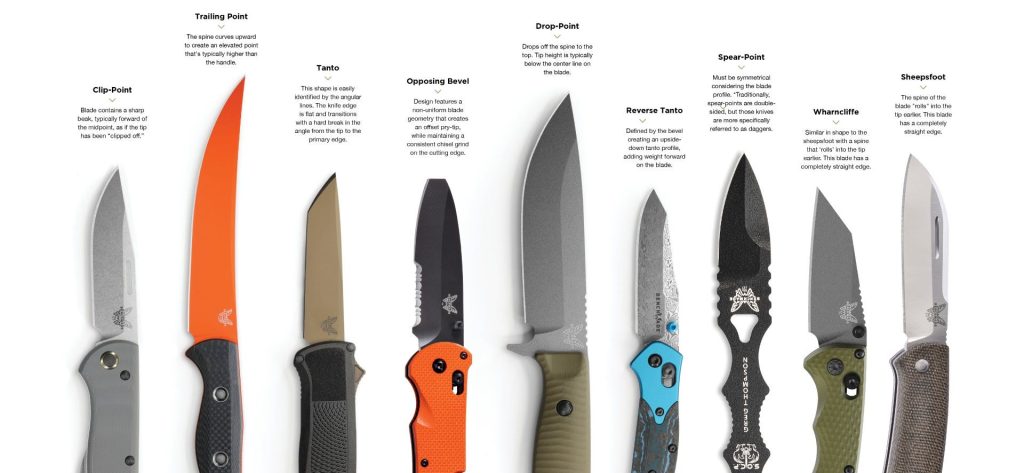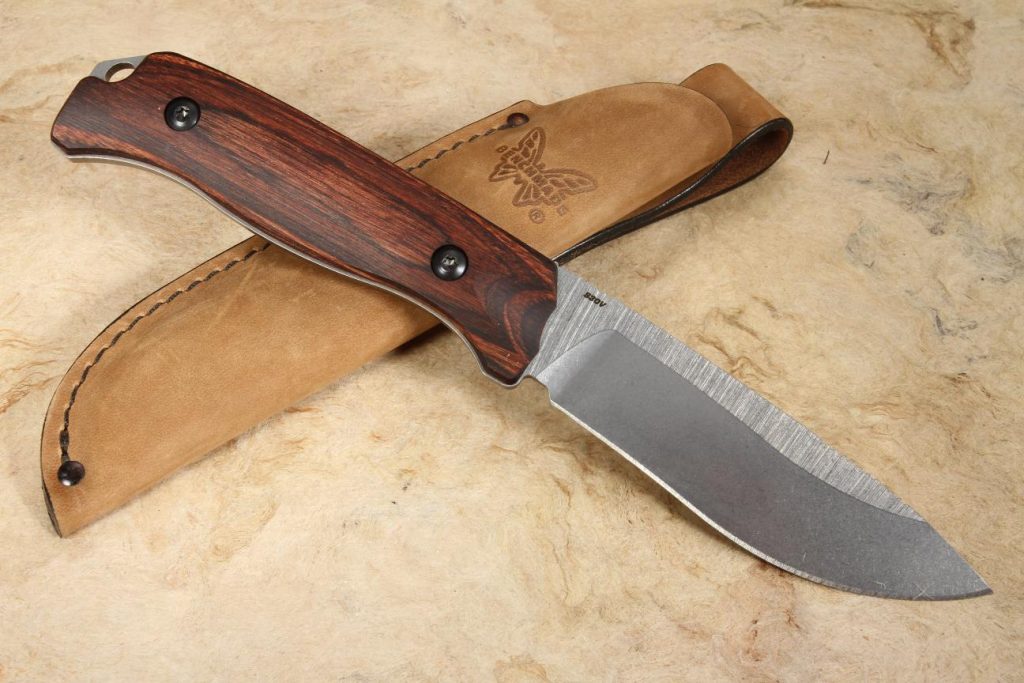Quartering an elk is no small feat. It’s a task that demands skill, patience, and the right equipment, including the best knife for quartering elk. A reliable, sharp, and durable knife is one of the most critical tools you’ll need in this process. The choice of knife can significantly impact the efficiency and quality of your quartering process, ultimately affecting the preservation and taste of the meat. With the best knife for quartering elk in hand, you can tackle the task with precision and ease, ensuring clean cuts and optimal meat preparation.

A good elk quartering knife isn’t just about sharpness – it’s also about durability, handle comfort, blade design, and safety. Choosing a knife with these qualities can make the difference between a smooth, efficient process and a laborious, challenging task.
In this article, we will delve into the essential factors to consider when choosing an elk quartering knife and review some top knives on the market suited for this task. Whether you’re a seasoned hunter or a novice preparing for your first elk hunt, this guide will help you choose the best knife for quartering an elk. Let’s get started.

Factors to Consider When Choosing an Elk Quartering Knife
Choosing the right knife for quartering an elk can seem daunting, given the plethora of options available in the market. However, focusing on key factors can simplify this process and help you select a knife that will serve you well in the field.
Blade Material:
The blade’s material is the most important factor. High-quality stainless steel, such as CPM-S30V or VG-10, is often recommended due to its excellent edge retention, corrosion resistance, and durability. In addition, these types of steel can maintain their sharpness even after repeated use, making them ideal for the demanding task of quartering an elk.
Blade Design:
The design of the blade significantly impacts its functionality. For example, a blade with a slight curve or drop-point design is ideal for skinning and quartering an elk, providing excellent control and precision. A gut hook feature might also be beneficial for initial cuts, although it’s not a necessity.
Handle Comfort:
Comfort is key when dealing with a task as substantial as quartering an elk. Look for a knife with an ergonomic handle that fits comfortably in your hand. The handle should also provide a good grip to prevent the knife from slipping during use. Materials like rubber, Micarta, or textured G-10 are known for comfort and slip resistance.
Size:
The size of the knife plays a critical role in its effectiveness. A blade that’s too long can be unwieldy, while a blade that’s too short might need more depth for efficient quartering. Therefore, a blade length between 4 to 6 inches is typically recommended for quartering an elk.
Safety:
Safety should never be overlooked when choosing a knife. Features like a finger guard can prevent your hand from slipping onto the blade. Additionally, a good quality sheath is essential for the safe storage and transport of the knife.
Remember, the best knife for you feels right in your hand and suits your specific needs and preferences. Considering these factors, you can narrow your options and find a knife to make quartering an elk as smooth and efficient as possible.
The Best Knife For Quartering Elk – Benchmade

Quartering an elk is a significant task that requires a reliable, sharp, and durable knife. The best knife for quartering an elk should have a strong blade that can maintain its edge, a comfortable handle for extended use, and, ideally, a design that allows for precise cuts. One knife that meets these criteria is the Benchmade – Saddle Mountain Skinner 15001-2 Knife.
The Benchmade: Saddle Mountain Skinner 15001-2 Knife is designed for hunters and well suited for large games such as elk. The knife features a 4.17″ fixed blade made from CPM-S30V stainless steel, a high-grade material known for its excellent edge retention and resistance to corrosion. In addition, the blade has a recurve edge, providing a larger cutting area and a jimping on the spine for added control during precise cuts.
The handle of Saddle Mountain Skinner is made from Dymondwood, a stabilized wood material resistant to harsh weather conditions. It’s ergonomically designed for a comfortable grip, which is crucial when dealing with the task of quartering a large elk.
The knife also comes with a leather sheath for safe storage and easy access, making it a practical tool for hunters.
In conclusion, while many quality hunting knives are on the market, the Benchmade – Saddle Mountain Skinner 15001-2 Knife stands out as an excellent option for quartering an elk due to its superior blade quality and comfortable handle, and thoughtful design. As always, personal preferences and comfort play a significant role in choosing the right knife, so it’s recommended to consider those factors alongside the technical specifications.
Other Top Knife for Quartering Elk
Besides the Benchmade Saddle Mountain Skinner Knife, several other top-performing knives are well-suited for quartering an elk. Here are three such options:
- Havalon Piranta Z Folding Blade Skinning Knife: This knife is a favorite among hunters because of its razor-sharp, replaceable blades. The Havalon Piranta Z features a lightweight design and a comfortable grip. The 2-3/4″ blade length makes it easy to maneuver, and the ability to replace blades on the fly means you’ll always have a sharp edge ready for precise cuts.
- ESEE Knives 5P Fixed Blade Knife: The ESEE 5P is a sturdy, full-tang knife designed to handle tough tasks. It features a 5.25-inch blade made from high-carbon 1095 steel, known for its excellent edge retention and ease of sharpening. The knife also has a Micarta handle that provides a secure grip, even in wet conditions.
- Buck Knives 119 Special Fixed Blade Knife: This classic hunting knife has been popular for over 50 years. The Buck Knives 119 Special features a 6-inch clip point blade made from 420HC stainless steel, providing excellent strength, edge retention, and corrosion resistance. The knife has a comfortable phenolic handle and a leather sheath for safe storage and transport.
Each of these knives has unique strengths and can be a reliable tool for quartering an elk. In addition, they all balance quality, durability, and performance, making them worthy contenders for the best knife for this task.
Maintenance and Care for Your Elk Quartering Knife
Proper care and maintenance of your elk quartering knife are crucial for longevity and performance. Here are some tips on cleaning, storage, and maintaining the sharpness of your knife:
Cleaning
After every use:
- Clean your knife thoroughly with warm water and mild soap.
- Remove any residue from the blade and handle.
- Dry the knife fully before storing it to prevent rusting.
- Avoid using a dishwasher as it can dull the blade and damage the handle.
Storage
Store your knife in a dry place to prevent corrosion. If your knife has a sheath, use it for storage to protect the blade and ensure safety. Avoid storing your knife in a leather sheath for long periods, as leather can absorb moisture and lead to rusting.
Maintaining Blade Sharpness
Regular sharpening is essential to maintain the edge of your knife. The frequency of sharpening depends on how often you use the knife. Use a sharpening stone or a knife sharpener designed for your specific blade type. Remember, a dull knife is more dangerous than a sharp one because it requires more force to cut and can slip more easily.
Conclusion
Choosing the right knife for quartering an elk is a critical hunting aspect. From the blade material to the design, handle comfort, size, and safety. Several factors must be considered. Whether you choose the Benchmade Saddle Mountain Skinner, the Havalon Piranta Z, the ESEE Knives 5P, or the Buck Knives 119 Special, remember that a good knife is an investment. A high-quality knife will make the process of quartering an elk more efficient and ensure your safety during the process.
References
For further reading, consider checking out resources like “The Complete Guide to Hunting, Butchering, and Cooking Wild Game” by Steven Rinella, or visit online forums and websites dedicated to hunting and outdoor gear. As always, consult local laws and regulations related to hunting and knife use.






